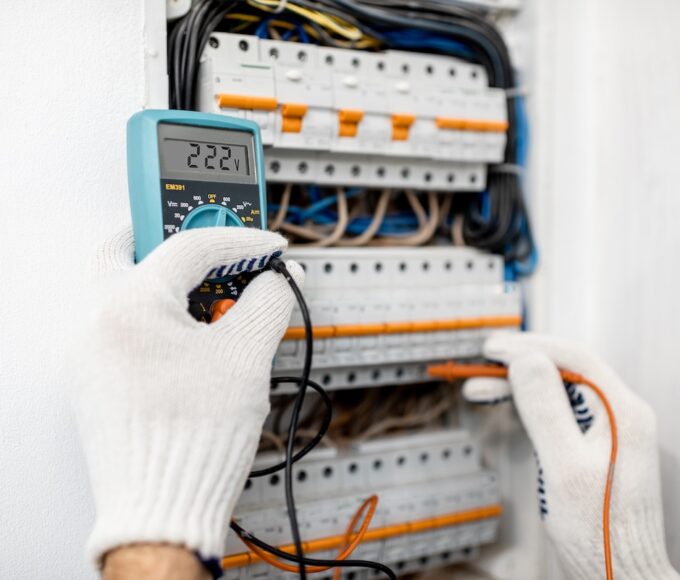Welcome to the vibrant world of clay art, where imagination takes shape and creativity knows no bounds. Whether you’re a curious beginner or an experienced artisan looking to refine your craft, there’s something magical about molding clay with your hands. The tactile sensation as you work through textures and forms can be incredibly therapeutic, allowing you to express yourself in ways that traditional mediums may not permit.
In this journey from novice to master, you’ll discover not only the tools and techniques necessary for making stunning pieces but also find inspiration along the way. So roll up those sleeves, grab some clay, and let’s dive into a realm full of endless possibilities!
The Tools and Materials Needed for Clay Art
To embark on your journey into clay art, having the right tools and materials is essential. First up is clay itself. There are various types to choose from, like earthenware, stoneware, and porcelain. Each has unique properties that can affect your creations.
Next, consider acquiring a sturdy work surface. A dedicated table or board will provide stability as you shape your artwork.
Don’t forget about tools! Basic instruments include rolling pins for flattening clay and wire cutters for slicing pieces with precision. Sculpting tools come in handy too; they help add details or texture to your designs.
Invest in a kiln if you’re serious about firing your pieces at home. Alternatively, local studios often offer firing services that can save you the trouble while you focus on crafting beautiful works of art.
Techniques for Working with Clay
Working with clay involves a variety of techniques that can transform your ideas into tangible art. One fundamental method is hand-building, where you shape the clay directly with your hands. Pinch pots and coil building are great starting points.
Another popular technique is slab building. This involves rolling out flat pieces of clay to create walls for boxes or sculptures. It allows for more geometric designs while still being accessible to beginners.
For those interested in adding fine details, carving and stamping techniques allow you to personalize each piece. You can use tools to etch patterns or press objects into the surface for texture.
Wheel throwing introduces a new level of skill as it requires balance and precision on a potter’s wheel. It may take time to get comfortable, but it opens up endless possibilities for form and function in your creations.
Building a Foundation Beginner Projects
Starting your journey in clay art can be both exciting and a bit overwhelming. The key is to keep it simple. Focus on basic projects that help you understand the material.
Begin with pinch pots. This classic technique allows you to mold clay into a bowl shape using just your fingers. It’s great for grasping the feel of the medium.
Next, try coil pots. Roll out long strands of clay and stack them to create unique forms. This project helps develop your hand-eye coordination while allowing creativity to flow.
Consider making small sculptures or figurines as well. Experiment with shapes and expressions—there’s no right or wrong way here!
Remember, these beginner projects are about exploration and fun rather than perfection. Embrace every imperfection as part of your artistic journey in clay art!
Taking it Up a Notch Intermediate Projects
Once you’ve mastered the basics of clay art, it’s time to explore more challenging projects. Intermediate creations allow for greater expression and technique refinement.
Consider trying a medium-sized planter with intricate designs. This project encourages careful shaping and texturing, allowing your creativity to shine through. Experimenting with glazes can add another layer of complexity.
Another exciting option is creating a decorative wall hanging. This venture introduces three-dimensional thinking as you craft unique shapes and figures that will catch the eye on any wall.
Think about tackling functional pieces too, like mugs or bowls with personalized touches. Each piece becomes not just an object but also a canvas for your artistic journey.
These intermediate projects help bridge the gap between beginner techniques and advanced artistry while enhancing your skills in clay art.
Mastering the Craft Advanced Projects
As you step into the realm of advanced clay art projects, your creativity truly knows no bounds. This is where the magic happens. You can explore intricate designs and complex forms that challenge both skill and imagination.
Consider crafting large sculptures or functional pieces with unique glazes and textures. Experimentation becomes key at this level. Combine various techniques—wheel throwing, hand building, and carving—to create multi-layered works of art.
Don’t shy away from mixing materials either; integrating metals or glass can elevate your creations to new heights. The beauty lies in personal expression.
Seek feedback from fellow artists to refine your style further. Participate in showcases or competitions to push yourself beyond comfort zones. Engaging with a community will inspire fresh ideas while fostering growth as an artist dedicated to mastering the craft of clay art.
Inspiration from Famous Clay Artists
Clay art is an expressive medium that has captivated artists for centuries. To gain inspiration, look to the masters who have paved the way in this craft.
One such artist is Lucie Rie, known for her elegant and minimalist pottery. Her unique approach merged traditional techniques with modern aesthetics, creating pieces that are both functional and sculptural. Rie’s work emphasizes the beauty of form and texture, encouraging new artists to explore their own interpretations of simplicity.
Another influential figure is Grayson Perry. His vibrant ceramic works challenge societal norms while telling compelling stories through imagery. Perry’s ability to blend humor with serious themes can inspire clay artists to infuse personal narratives into their creations.
Don’t forget about Betty Woodman, whose playful sculptures bridge painting and ceramics. She invites viewers into a world of color and whimsy, reminding us that clay art doesn’t always need to be serious or conventional.
By studying these renowned clay artists, you’ll discover a wealth of ideas and techniques to incorporate into your own practice. Allow their journeys through clay art to spark your imagination as you continue evolving from beginner projects all the way up to mastering advanced techniques.
As you progress on your journey in clay art, let each piece reflect not only skill but also personality—your voice within this timeless medium.

















Leave a comment